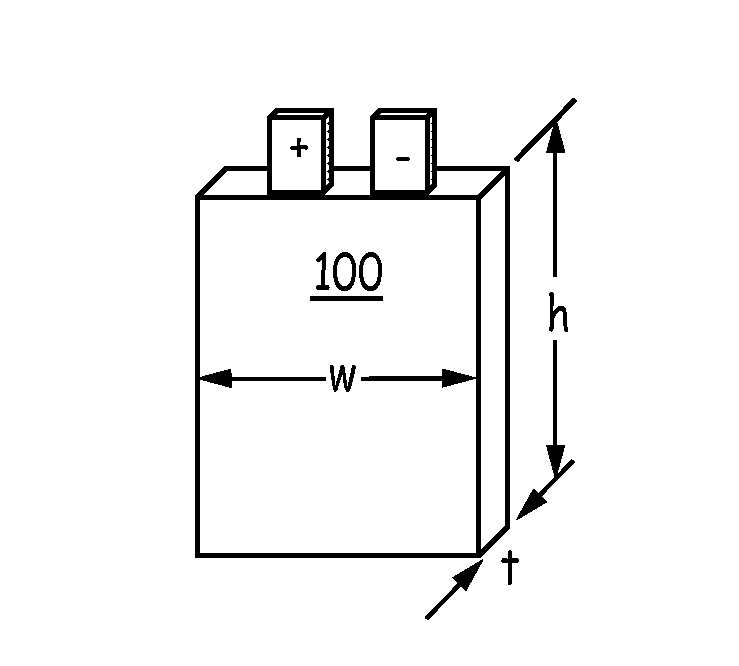Silicon-silicon oxide-carbon composites for lithium battery electrodes and methods for forming the composites
a lithium battery and composite material technology, applied in the field of silicon-based negative electrode active materials for lithium ion batteries, can solve the problems of irreversible capacity loss and unsuitable commercially available negative electrode materials of high capacity, and achieve the effect of high energy
- Summary
- Abstract
- Description
- Claims
- Application Information
AI Technical Summary
Benefits of technology
Problems solved by technology
Method used
Image
Examples
example 1
Formation of Processed Silicon Suboxide Composites
[0104]This Example demonstrates the effects of milling process parameters on the composition and structure of processed silicon suboxide composites formed by high energy milling of SiO with either wet milling or dry milling.
[0105]To demonstrate the effect of milling parameters on the composition of processed silicon suboxide composites, 4 samples (samples 1-4) were formed. For each sample, an appropriate amount of SiO powder (Sigma Aldrich) was added to a 500 ml zirconia jar along with zirconia milling balls. For samples 1 and 2, an appropriate amount of ethanol as a liquid media was also added to the zirconia jar. The jars were then sealed and placed into a high energy planetary ball mill. The SiO was milled at a speed of between about 150 rpm and about 400 rpm, and between about 1 hour and about 30 hours, with 1 hr≦t123456789≦30 hrs. After milling, the wet samples were dried. X-ray diffraction (XRD) analysis was then performed on e...
example 2
Effect of Milling Parameters on the Composition and Structure of Processed Silicon Suboxide-Graphitic Carbon Composites
[0111]This Example demonstrates the effects of milling parameters on the composition and structure of processed silicon suboxide-graphitic carbon composites. A first set of results is presented which demonstrates the effects of milling time on the composition of processed silicon suboxide-graphitic carbon composites. A second set of results in then presented demonstrating the effects of various milling parameters, including milling time, on the structure of processed silicon suboxide-graphitic carbon composites. This Example further demonstrates the formation of graphene sheets within composites formed from the milling of the processed silicon suboxide with graphitic carbon.
[0112]To demonstrate the effect of milling time on composition, 4 samples (samples 23-26 of Table 3) were analyzed by x-ray diffraction. FIG. 3 is a graph showing plots of scattering angle versus...
example 3
Effect of Milling Parameters on the Performance of Batteries Comprising Processed Silicon Suboxide-Graphitic Carbon Electrodes
[0117]This Example demonstrates the effects of milling parameters on the performance of batteries comprising processed silicon suboxide-graphitic carbon electrodes.
[0118]To demonstrate the effect of milling parameters, 13 batteries (batteries 1-13) were fabricated. Batteries 1-7 were fabricated samples 23-29 (SiO dry milling), respectively, and batteries 8-13 were fabricated from samples 30-35 (SiO wet milling), respectively. Each battery had an electrode comprising a processed silicon suboxide-graphitic carbon composite and a lithium foil counter electrode. After battery assembly, the batteries were cycled as described above for at least 50 cycles, and the corresponding charge and discharge capacities were measured. Table 6 displays the milling parameters, initial battery performance and cycling performance of each of the batteries. It should be noted that f...
PUM
 Login to View More
Login to View More Abstract
Description
Claims
Application Information
 Login to View More
Login to View More - R&D
- Intellectual Property
- Life Sciences
- Materials
- Tech Scout
- Unparalleled Data Quality
- Higher Quality Content
- 60% Fewer Hallucinations
Browse by: Latest US Patents, China's latest patents, Technical Efficacy Thesaurus, Application Domain, Technology Topic, Popular Technical Reports.
© 2025 PatSnap. All rights reserved.Legal|Privacy policy|Modern Slavery Act Transparency Statement|Sitemap|About US| Contact US: help@patsnap.com



